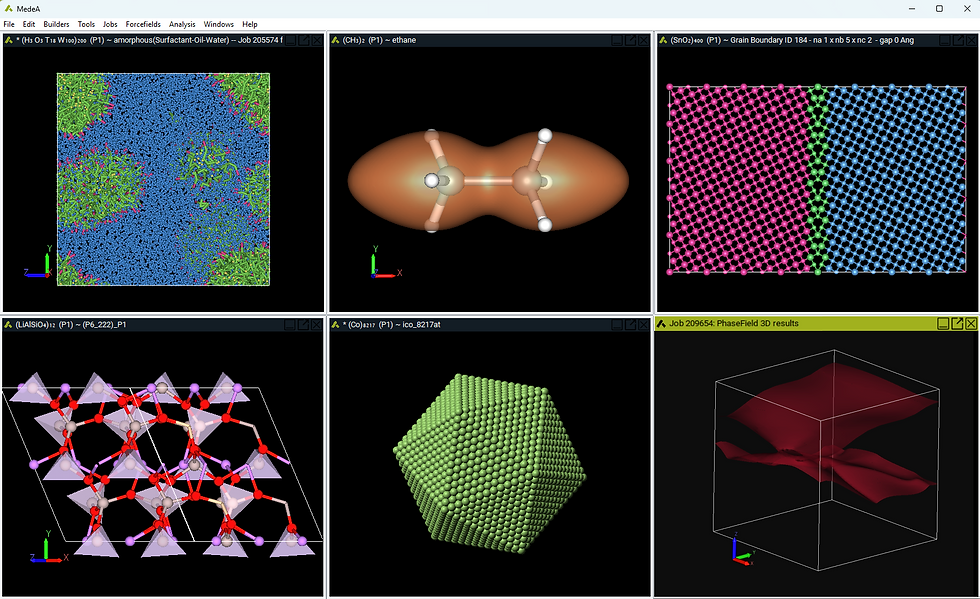Materials Design, Inc. will be at the MRS in Boston!
- Katherine Hollingsworth
- Oct 20, 2016
- 2 min read

Erich Wimmer will give an invited talk at this year's MRS in Boston in the 'Materials Research and Design for A Nuclear Renaissance' Symposium organized by Chu-Chun Fu, Kazuto Arakawa, Sergei Dudarev, Michael Short and Kumar Sridharan. (Here is a link to the symposium: http://www.mrs.org/fall2016/fall-2016-symposia?code=ES5 - Erich will also be co-chairing a session in the symposium). Erich's talk is titled 'The Value of Computational Materials Science for the Design and Operation of Nuclear Power Reactors'. We will be delighted to see you in Boston!
Here is the abstract:

A deep understanding of the relationships between chemical composition, structure, and materials properties in the harsh environment of nuclear reactors is of fundamental importance for their safe and sustainable operation. Computational materials science offers unprecedented possibilities to elucidate mechanisms and to predict materials properties as will be reviewed in this talk.
Three key factors are driving the progress in computational materials science, namely (i) theoretical concepts such as density functional theory, (ii) computational algorithms and their implementation in software, and (iii) computer hardware. While theory advances steadily on the timescale of half centuries, software evolves on the scale of decades, and hardware progresses at a relentless pace of few years. The total impact of computational materials science arises from a combination of these three factors. Thus, the potential value is increasing exponentially.
The following examples illustrate current capabilities and challenges. (i) Radiation induced dimensional changes of Zr alloys can lead to effects such as channel distortion. Simulations reveal that preferential diffusion of self interstitial atoms lead to the formation of nanoclusters, which deform the surrounding material anisotropically, thus providing an interpretation of experimentally observed radiation induced growth. Alloying elements such as Nb have a significant influence on these diffusion processes, thereby altering the response of the material to radiation. (ii) With improved corrosion resistance of Zr alloys, hydrogen pickup and the formation of hydrides with the associated degradation of the mechanical properties are becoming an increasing concern. Computational investigations are helping to unravel the complex mechanisms by allowing detailed simulations of specific scenarios at the water/oxide and oxide/metal interfaces. (iii) Computations provide valuable understanding of the degradation of high performance alloys. For example, the formation of a Ni2Cr long range ordered phase in NiCr alloys causes embrittlement. Computations are revealing the key driving mechanisms, thus setting the stage for mitigation strategies. Atomistic simulations have matured to the point where reliable quantitative predictions of certain materials properties have become possible. This offers a valuable source of materials data such as elastic coefficients, permeability of gases such as hydrogen, segregation energies to grain boundaries, and diffusion rates of alloying elements, impurities, and defects. In addition, simulations are valuable also in the prediction of properties of fluids including density, viscosity, diffusivity and thermal conductivity as needed, for example, in the design and optimization of molten salt reactors. An assessment of the current capabilities and perspectives for future research and development will conclude this contribution.



Comments